25 Radiant Early Spring Blooms to Brighten Your Garden
Spring's delicate blossoms burst forth with a symphony of colors, transforming gardens into enchanting canvases of natural beauty.
Gardeners and landscape enthusiasts eagerly anticipate the magical emergence of early spring flowers that breathe life into dormant winter landscapes.
These resilient blooms push through the last remnants of frost, creating a stunning visual tapestry that signals the awakening of nature's most vibrant season.
Soft petals in delicate hues of lavender, pink, yellow, and white dance across garden beds, bringing warmth and hope after months of cold stillness.
Perennial and annual flowers compete for attention, showcasing their unique characteristics and remarkable ability to thrive in challenging early spring conditions.
Gardeners can select from a diverse range of flowering plants that promise to add charm, texture, and visual interest to outdoor spaces.
Pink Hearts Cascade Through Garden Shadows
Native to Japan and beloved by gardeners worldwide, bleeding heart enchants with its romantic, pendulous flowers that symbolize deep emotional connection.
Delicate heart-shaped blossoms in vivid pink or rich red cascade from elegant arching branches, creating an almost magical garden display.
Distinctive flowers feature subtle white and yellow accents at their base, adding intricate detail to their charming silhouette.
Shade gardens welcome these woodland perennials, which thrive in moist, well-draining soil with partial sun exposure.
Spring brings their most dramatic bloom period, typically between April and June, when plants reach heights of two to three feet.
Woodland settings mirror their natural habitat, making them perfect for creating serene landscape compositions.
Bleeding heart belongs to the Dicentra genus and requires minimal maintenance once established in appropriate conditions.
Pink-Budded White Clusters Bloom
Korean Spice Viburnum stands out as a garden gem, releasing delightful sweet scents during early spring months when white blossoms burst from delicate pink buds.
Clusters of tiny flowers dance atop tall stems, creating a mesmerizing landscape feature that draws instant attention.
Mature specimens reach impressive heights, typically growing between 6 to 8 feet tall with an equally expansive spread.
Native to Korea and parts of East Asia, this shrub performs best in well-drained soil with partial shade conditions.
Landscape designers value its versatility, using it as a stunning border plant or focal point in woodland gardens.
Spring blooming periods make it a cherished addition for those seeking early seasonal interest.
Lavender Phlox Blooming Woodland Symphony
Woodland phlox dazzles gardeners with delicate clusters of five-petaled flowers ranging from rose pink to mesmerizing violet-blue, creating magical moments in shaded woodland spaces.
Native to North America, these charming perennials bloom brilliantly during April, transforming dim garden corners into enchanting landscapes.
Thriving naturally beneath tree canopies, woodland phlox absorb rich moisture from forest floors, helping them flourish without extensive maintenance.
Mulching around these plants provides essential root protection and enhances their natural beauty.
Woodland phlox attract pollinators like butterflies and bees, adding dynamic life to quiet garden spaces.
Shade-loving and resilient, these flowers create stunning ground cover with minimal effort.
Coral Quince Blossoms Spring Awakening
Flowering Quince captivates gardeners with its spectacular early spring display of coral, pink, red, or white blossoms that emerge before leaves unfurl across branches.
Native to East Asian regions like China and Japan, this deciduous shrub stands out in landscapes with its dramatic floral performance.
Chaenomeles speciosa thrives in zones 4-8, preferring full sun and well-draining soil conditions that support robust growth.
Mature plants typically reach 6-10 feet tall with a similar spread, creating elegant rounded shapes in garden borders or as standalone specimens.
Landscapers often use these shrubs for erosion control, wildlife gardens, and decorative hedgerows.
Sunny Yellow Blossoms Attract Pollinators
Golden Oriole Azalea bursts with sunshine-yellow blooms that signal spring's arrival, attracting pollinators like bees and hummingbirds to its delicate petals.
Native to regions of Asia, this stunning shrub thrives in partial shade and well-draining acidic soil, making it a perfect addition to woodland gardens or landscaped borders.
Mature plants reach approximately 4-6 feet tall with a spread matching its height, creating an elegant rounded shape that provides visual interest.
Rhododendron specialists recommend planting in zones 5-8 for optimal growth and flowering performance.
Rich, organic mulch helps retain moisture and protect roots during temperature fluctuations.
Spring pruning encourages healthy growth and maintains the plant's graceful structure.
Autumn brings dramatic color changes as leaves shift from green to vibrant red-orange hues.
Pink Winter Bloom Awakens Silent Garden
Winter heath bursts with charming pink tubular blooms that punctuate dreary landscapes with unexpected joy, emerging as a resilient perennial native to Europe's mountainous regions.
Erica carnea, scientifically known as winter heath, thrives in full sun and well-draining soil conditions that mimic its alpine origins.
Hardy plants spread quietly across rocky terrain, offering gardeners a low-maintenance solution for winter interest.
Compact shrubs typically reach 6-12 inches tall, creating delightful ground cover with minimal effort.
Green needle-like foliage provides attractive texture even when flowers are not in bloom, ensuring year-round visual appeal.
Mature plants require little water and can tolerate rocky, acidic soils where other plants struggle.
White Candytuft Carpet Garden Charm
Candytuft stands out as a stunning garden gem, showcasing delicate white flower clusters that blanket landscapes from March to May.
Hardy ground cover characteristics allow candytuft to create an elegant evergreen carpet across garden beds and rocky terrain.
Minimal care requirements make this plant a favorite among landscape enthusiasts seeking natural beauty without extensive maintenance.
Trimming back foliage after flowering helps maintain its compact shape and encourages healthy growth throughout the season.
Native to southern Europe, candytuft belongs to the brassica family and thrives in well-drained soil conditions.
Drought-tolerant qualities make it an excellent choice for xeriscaping and rock gardens.
Landscapers appreciate its ability to prevent soil erosion while adding visual interest to outdoor spaces.
Lilac Phlox Carpet Blooming Beautifully
Creeping phlox dazzles gardens with a breathtaking carpet of lilac and pastel blooms that spread rapidly across rocky terrain and slopes.
Native to North America, the plant creates stunning ground cover that requires minimal care and attracts pollinators like butterflies and bees.
Hardy perennials spanning multiple color variations from soft lavender to intense pink, these delicate flowers emerge in early spring, signaling winter's end.
Rock gardens and mountain landscapes benefit most from creeping phlox's natural spreading habit and resilient nature.
Landscape designers frequently recommend planting these flowers in clusters for maximum visual impact and ground coverage.
Small clusters can quickly expand into impressive colorful mats that cascade over stone walls or rocky surfaces.
Pristine White Lily Woodland Symphony
Wood lily enchants gardeners with pristine white petals that radiate delicate elegance across woodland landscapes.
Native to North America, this perennial flower flourishes in cool, moist environments like forest floors and shaded mountain slopes.
Delightful clusters of flowers emerge during late spring, gradually shifting from pure white to soft pink as summer progresses.
Rich, well-draining soil provides the ideal foundation for these woodland beauties to thrive and spread.
Botanists appreciate its subtle charm and ecological significance in supporting local pollinators like bees and butterflies.
Mature plants typically reach heights between 12 to 24 inches, creating gentle waves of white across forest understories.
Careful cultivation rewards you with a serene botanical display that celebrates the subtle beauty of North American wildflowers.
Golden Clusters Dancing Blue-Gray Foliage
Yellow alyssum, a charming perennial native to Europe, bursts with golden blooms that illuminate gardens during early spring's awakening.
Clusters of tiny flowers hover above blue-gray foliage, creating a captivating landscape design that catches every passerby's gaze.
Mediterranean regions first cultivated these resilient flowers, which spread quickly and establish dense ground cover in rock gardens or cascading over stone walls.
Botanists recognize multiple varieties, including Aurinia saxatilis, which grows best in full sun and well-drained locations.
Pollinators adore these compact plants, attracting bees and butterflies with their nectar-rich blossoms.
Drought-resistant characteristics make yellow alyssum an excellent choice for xeriscaping and water-conscious landscaping projects.
Primrose Yellow Bursts Garden Drama
Primrose flowers burst with cheerful colors that illuminate gardens during spring and winter seasons.
Delicate blossoms ranging from soft yellows to deep purples create stunning visual displays across landscapes.
European gardeners treasure these perennial plants for their ability to flourish in partially shaded areas with rich, well-drained soil.
Native to regions like England and parts of Europe, primroses belong to the Primulaceae family and feature clusters of distinctive flowers.
Botanical enthusiasts appreciate their low-maintenance nature and capacity to bloom early in the growing season.
Ideal planting locations include woodland edges, rock gardens, and shaded borders where they can spread naturally.
Careful soil preparation with organic compost helps these charming flowers establish strong root systems.
Blue-Pink Wildflower Symphony Spring
Native to eastern North America, Virginia bluebells (Mertensia virginica) dazzle woodland landscapes with their magical color-changing petals that transition from soft pink to deep azure blue.
Delicate bell-shaped flowers hang in clusters along slender stems, creating a mesmerizing carpet across forest floors during early spring.
Native wildflower enthusiasts treasure these perennials for their ephemeral nature, as they bloom briefly before disappearing until next season.
Woodland gardens benefit from their presence, attracting pollinators like bees and butterflies while thriving in partial shade environments.
Shade-loving plants prefer rich, moist soil conditions similar to their natural forest habitats.
These charming native flowers typically reach 12-24 inches tall and spread slowly through underground rhizomes.
Yellow Corydalis Blooms Garden Delight
Corydalis lights up shaded garden spaces with cheerful yellow blossoms that dance among delicate fern-like foliage from mid-spring through early fall.
Native to mountainous regions in China and Japan, this perennial plant brings elegant charm to woodland landscapes with minimal maintenance.
Subtle yellow flowers peek out between intricate green leaves, creating a soft, woodland-inspired aesthetic that feels both wild and refined.
Shade-loving and adaptable, corydalis thrives in areas where other plants struggle to grow.
Moisture-rich soil and partial shade provide the perfect environment for these delightful plants to flourish.
Gentle pruning helps control its spread and encourages continuous blooming throughout the growing season.
Pristine White Bloodroot Petals Bloom
Bloodroot captivates gardeners with its pristine white blossoms emerging from forest floors, symbolizing gentle spring renewal.
Native to eastern North America, this perennial wildflower belongs to the Papaveraceae family and thrives in shaded woodland environments.
Delicate petals surround golden centers, creating a stunning visual against deep green leaves that unfurl slowly during early spring months.
Woodland gardens benefit from bloodroot's low-maintenance nature and ability to spread through underground rhizomes.
Careful placement matters, as the plant contains toxic sap that can cause skin irritation and should be handled with caution.
Indigenous communities historically used bloodroot for medicinal purposes and natural dye production.
Photographers and nature enthusiasts adore its ephemeral beauty, which typically lasts only a few days before petals drop.
White Cascading Rock Cress Garden
Rock cress enchants gardeners with delicate white flowers that cascade beautifully across sunny landscapes, attracting pollinators like bees and butterflies.
Native to Mediterranean regions, this hardy ground cover flourishes in challenging conditions, tolerating intense heat and minimal water with remarkable resilience.
Botanical experts appreciate rock cress for its low-maintenance nature and ability to spread quickly across rocky terrain.
Mountain gardeners especially love this plant for its compact growth and ability to soften stone edges with elegant blooms.
Perennial varieties provide continuous color from early spring through summer, creating stunning textural displays in rock gardens and alpine landscapes.
Seeds germinate easily in well-draining soil with moderate sunlight exposure, making rock cress an accessible option for novice gardeners.
Landscape designers often recommend this plant for slopes, terraces, and areas with poor soil conditions.
Fiery Orange Azalea Blazes Bright
Stewartstonian azalea stands out as a breathtaking garden gem with dramatic orange-red blossoms that dramatically contrast against deep green leaves during April's peak.
Landscape designers prize this remarkable shrub for its extraordinary color palette and elegant shape that naturally draws attention in garden spaces.
Partial shade locations provide ideal growing conditions for this resilient plant, which flourishes best in moist, nutrient-rich soil environments.
Gardening enthusiasts appreciate its low-maintenance nature, requiring minimal pruning after flowering to maintain its stunning appearance.
Mature plants typically reach three to four feet tall, creating perfect midground interest in landscape designs.
Native to select regions of the southeastern United States, this azalea variety adapts well to slightly acidic soil conditions.
Botanical experts recommend spring planting to establish strong root systems before summer heat arrives.
Winter’s Purple Floral Defiance
Hellebore flowers make magical winter garden stars, blooming boldly when most plants remain dormant and delivering spectacular colors ranging from pristine white to rich purple.
Plants in this stunning family thrive in shaded woodland areas, creating enchanting displays that emerge during cold months when other flowers hide underground.
Originating in Europe and parts of Asia, hellebores belong to the Ranunculaceae family and offer gardeners reliable ground cover with elegant, leathery evergreen leaves.
Winter landscapes come alive with these extraordinary flowers that push through frost and snow, demonstrating remarkable strength and botanical tenacity.
Mature hellebore plants can reach 12-15 inches tall, forming elegant clusters that add dramatic texture to garden beds.
Pink Hearts Dancing in Shade
Pigsqueak, a garden gem with heart-shaped leaves, captivates gardeners with its stunning aesthetic and resilience in shady environments.
Dark pink blossoms cluster dramatically, creating an enchanting visual display that draws admiration from landscape enthusiasts.
Native to North America, this perennial thrives in moisture-rich, well-draining soil conditions that mimic woodland settings.
Botanical experts appreciate its low-maintenance nature and ability to provide consistent ground cover in challenging garden spaces.
Shade gardens benefit tremendously from pigsqueak's glossy foliage, which remains attractive from early spring through late autumn.
Propagation happens easily through root division, making it simple for plant lovers to expand their collection.
Landscape designers often select pigsqueak for its unique texture and understated elegance in naturalistic garden designs.
Ivory Bells Dancing in Shade
Solomon's seal mesmerizes gardeners with its elegant, arching stems crowned by delicate white bell-shaped flowers that sway gently in woodland landscapes.
Native to North America and parts of Asia, this perennial plant creates stunning woodland garden displays without demanding extensive maintenance.
Shade-loving Solomon's seal flourishes best in moist, rich soil conditions where dappled sunlight filters through tree canopies.
Mature plants reach heights between one and three feet, spreading slowly through underground rhizomes that produce new shoots each spring.
After flowering, glossy black seeds emerge, naturally reseeding themselves and expanding the plant's presence in quiet garden spaces.
Pollinators like bees and small insects find these blossoms particularly attractive during blooming seasons.
Hardy in zones 3-9, Solomon's seal withstands cold temperatures and adapts well to various woodland environments.
Soft Pink Bells Blooming March Garden
Japanese pieris enchants gardens with its stunning March display of bell-shaped blossoms cascading in elegant white clusters with soft pink stripes.
Delicate flowers emerge in dense, pendulous formations that create a captivating focal point in shaded garden areas.
Native to eastern Asia, this plant thrives in woodland settings with acidic, well-draining soil and partial shade conditions.
Careful maintenance involves removing spent blooms to promote continued healthy growth and preserve the plant's aesthetic appeal.
Mature Japanese pieris can reach impressive heights between 3 to 10 feet, depending on specific varieties and growing conditions.
Landscape designers appreciate its evergreen foliage that provides year-round structure and visual interest beyond its spectacular spring flowering period.
Sunshine Yellow Rose Bursts Forth
Kerria japonica, known as Japanese rose, delights gardeners with its cheerful yellow blossoms that dance like delicate five-petaled sunbursts across woodland landscapes.
North American and Asian gardens welcome this adaptable shrub for its low-maintenance personality and stunning spring color displays.
Minimal pruning after initial flowering encourages potential late-summer blooms, making this plant a strategic choice for landscape design.
Native to China and Japan, kerria japonica thrives in partial shade conditions with consistently moist but well-draining soil.
Green bamboo-like stems provide interesting architectural structure even when flowers fade, adding year-round visual interest to garden spaces.
Mature plants typically reach 5-8 feet tall with a graceful arching habit that complements woodland garden designs.
Blue Whispers: Siberian Bugloss Magic
Siberian bugloss dazzles gardeners with mesmerizing blue blooms that carpet shaded landscapes from early spring through late summer.
Delicate clusters of tiny azure flowers emerge against heart-shaped green leaves, creating a stunning woodland ground cover that survives in low-light conditions.
Native to parts of Russia and Eastern Europe, this perennial plant thrives in moist, rich soil with minimal maintenance required.
Shade gardens benefit most from its elegant spreading habit, which quickly fills empty spaces with lush greenery.
Mature plants reach approximately 12-18 inches tall, forming attractive mounds that blend seamlessly with ferns and other shade-loving perennials.
Minimal care ensures these charming plants return year after year, providing consistent blue-tinted beauty.
Blue-Shifting Lungwort Garden Magic
Lungwort enchants gardeners with extraordinary color-changing flowers that morph from soft pink or white to mesmerizing blue after pollination, creating a magical display in shaded landscapes.
Native to Europe, this woodland perennial thrives in cool, damp environments where other plants struggle to survive.
Pulmonaria's delicate blossoms emerge early in spring, providing critical nectar for emerging pollinators like bees and butterflies.
Distinctive spotted or mottled leaves add visual interest even when flowers fade, making lungwort a versatile shade garden staple.
Partial shade locations with rich, well-draining soil help lungwort flourish without extensive intervention.
Mature plants typically reach 12-18 inches tall, forming attractive clumps that spread gradually through underground rhizomes.
Butterfly Wings White Woodland Gem
Native to woodlands in North America, Twinleaf (Jeffersonia diphylla) enchants gardeners with its distinctive butterfly-wing-shaped leaves and delicate white flowers.
Woodland shade gardens provide the ideal environment for this graceful perennial, which requires cool, moist soil to flourish beautifully.
Spring brings these charming plants to life, showcasing their unique leaf structure that looks like two symmetrical wings gently unfolding.
Botanical enthusiasts appreciate how Twinleaf creates stunning visual interest in shaded landscape areas typically challenging to cultivate.
Missouri and other eastern United States regions offer perfect native habitats for this remarkable plant species.
Pink Coastal Blooms Amid Rocky Terrain
Sea thrift, a charming perennial native to coastal regions of Europe, captivates gardeners with its delicate pink pompom-like blooms that dance atop wiry stems.
Botanical experts recognize this plant as Armeria maritima, a resilient species that flourishes in challenging seaside environments with poor, sandy soils and minimal moisture.
Compact and tidy, sea thrift forms neat mounds of grass-like foliage that provide year-round visual interest even when flowers are not in bloom.
Mediterranean and Atlantic coastal landscapes showcase these plants naturally growing in rocky terrain, demonstrating their incredible adaptability and drought tolerance.
Landscape designers frequently incorporate sea thrift in rock gardens, coastal plantings, and Mediterranean-style landscapes where its texture and color create striking visual contrasts.

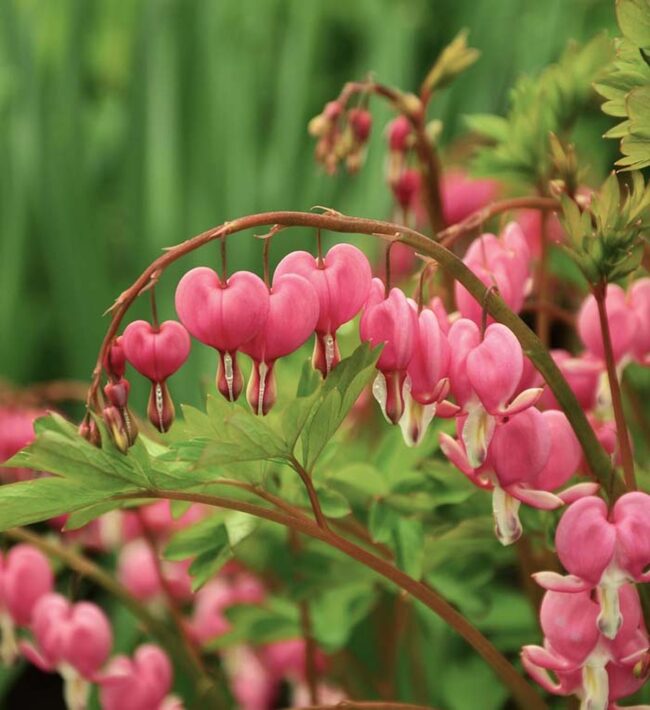
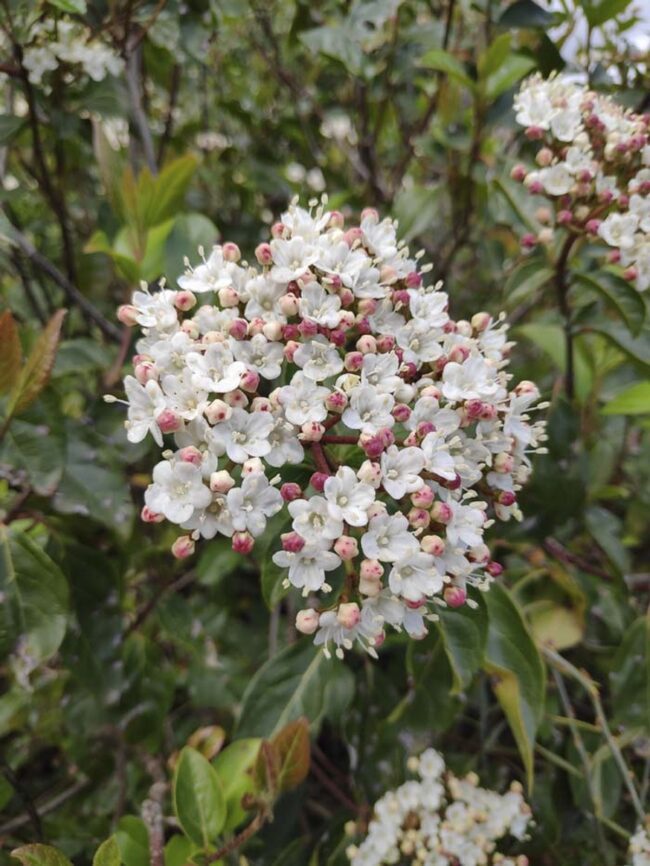
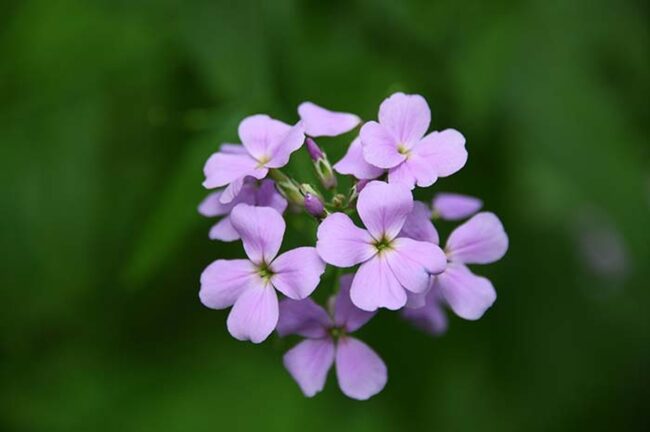
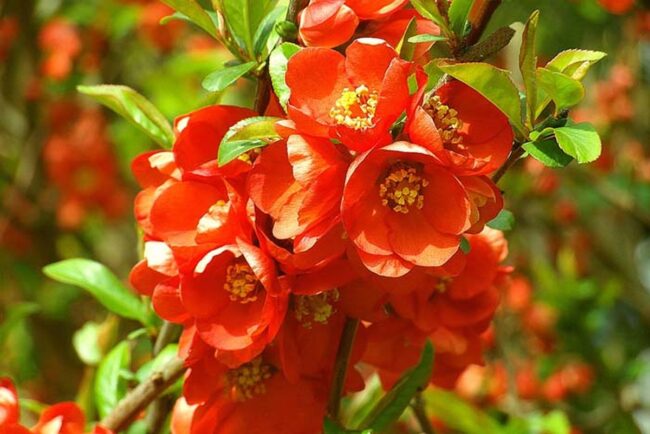
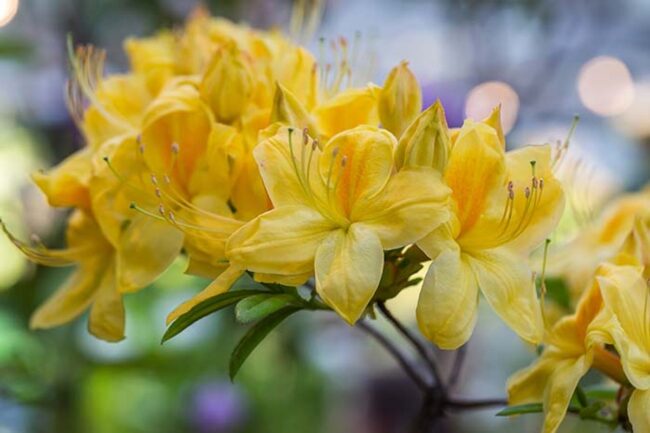
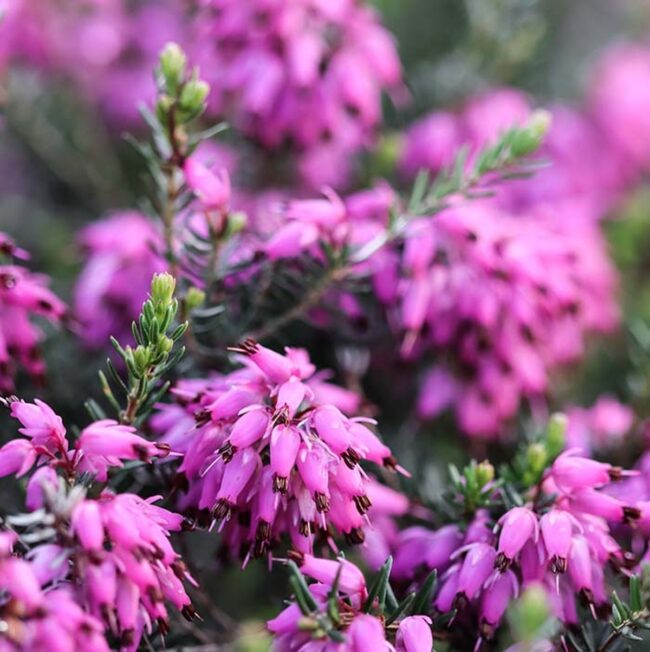
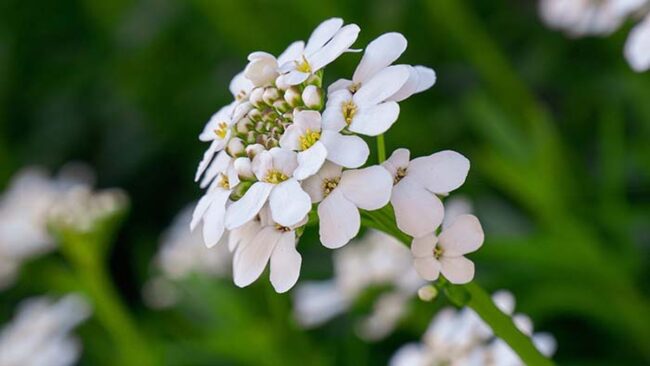
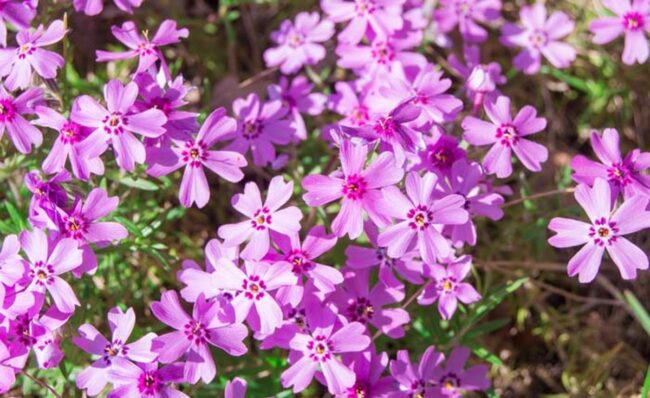
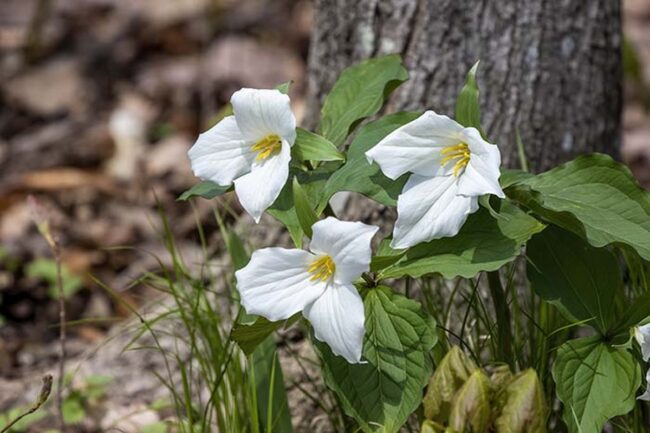
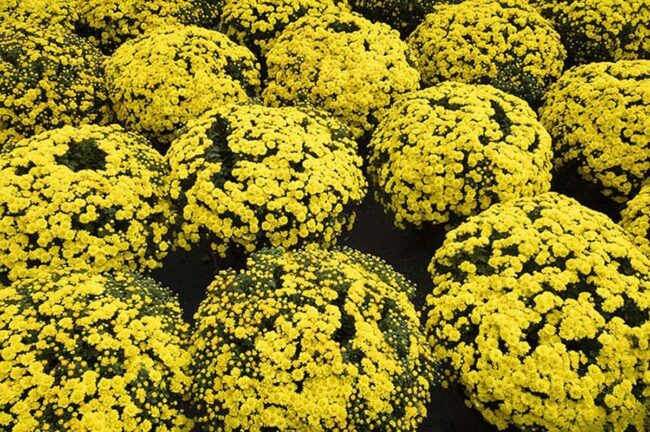
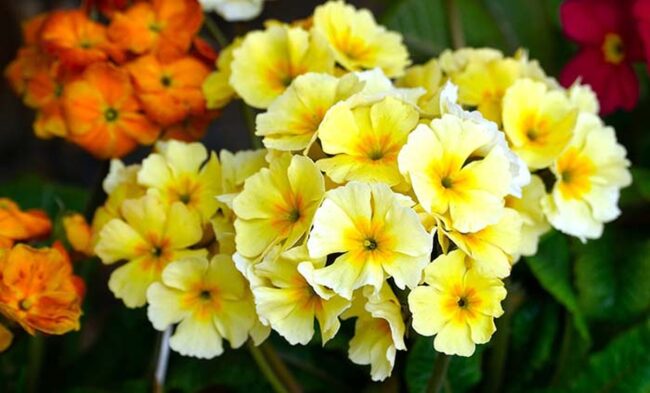
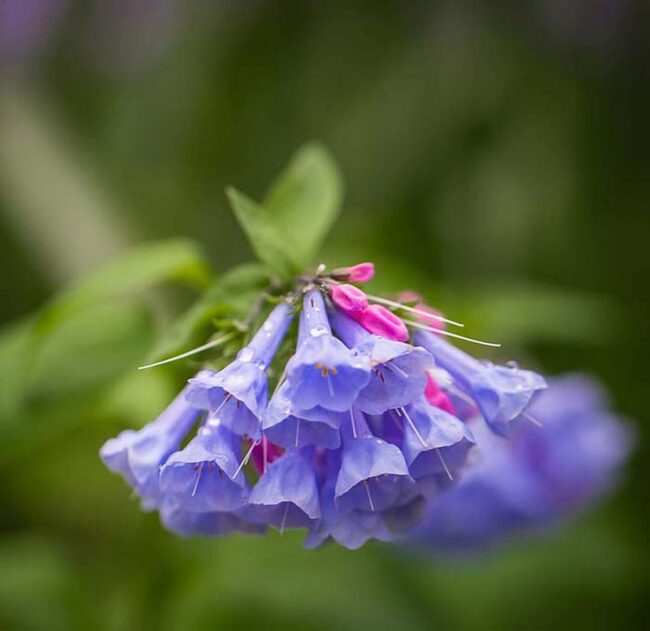
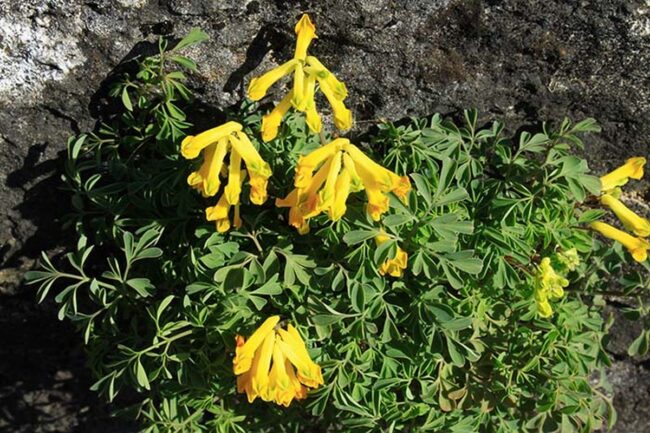
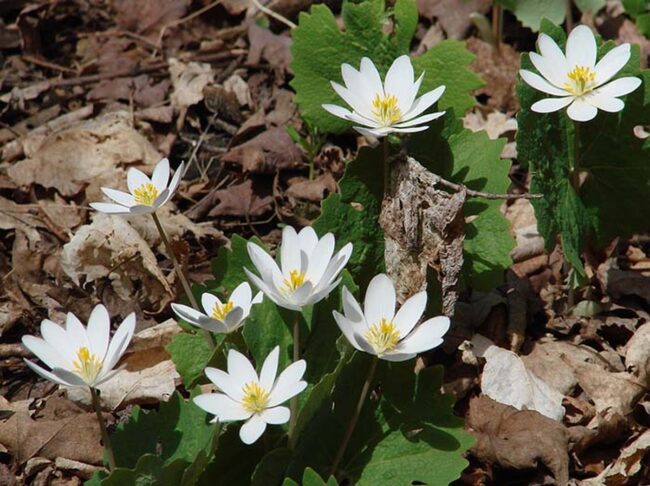
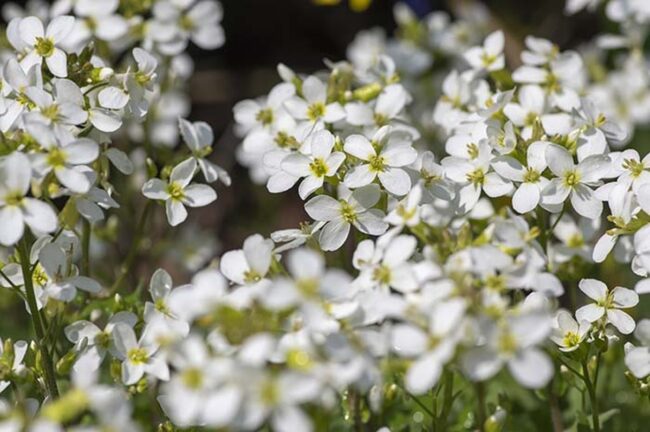
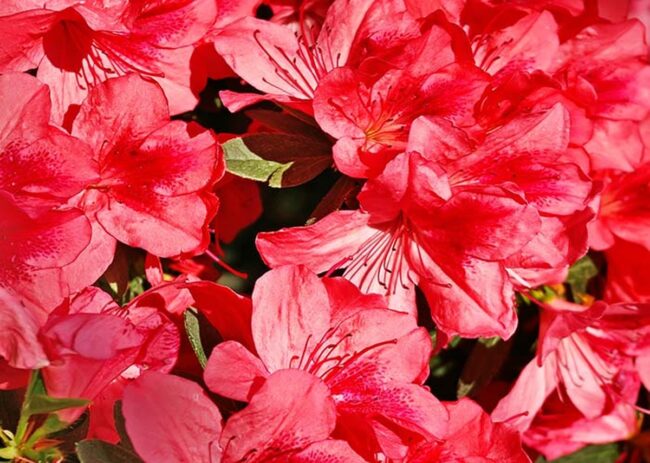
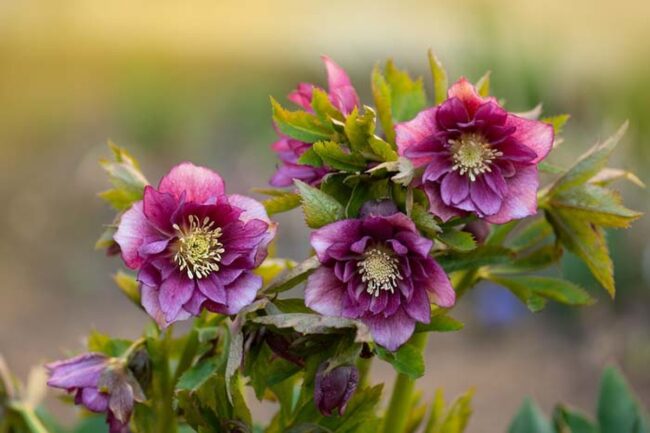
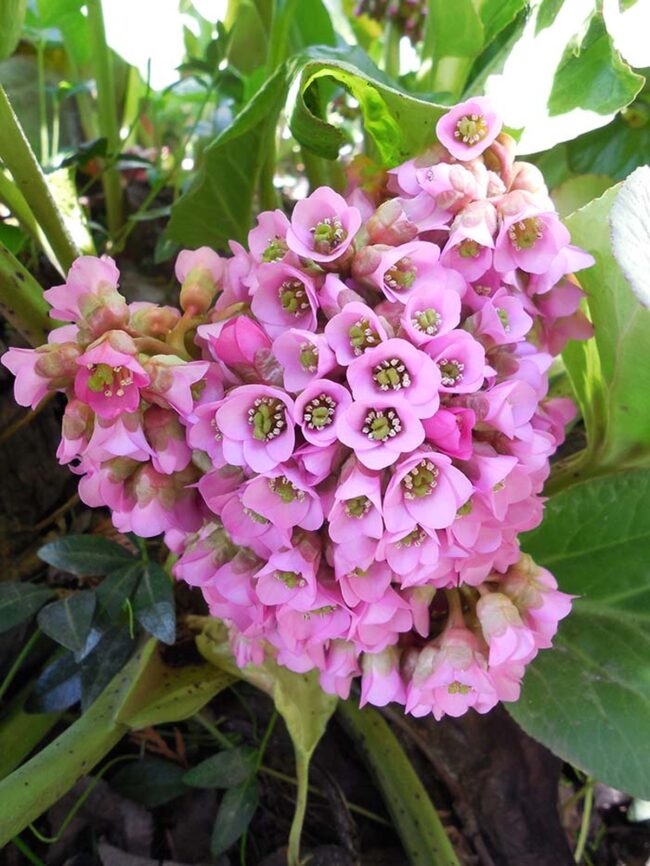
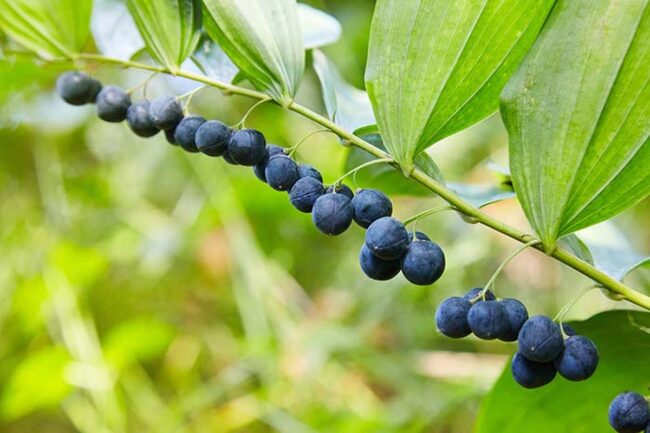
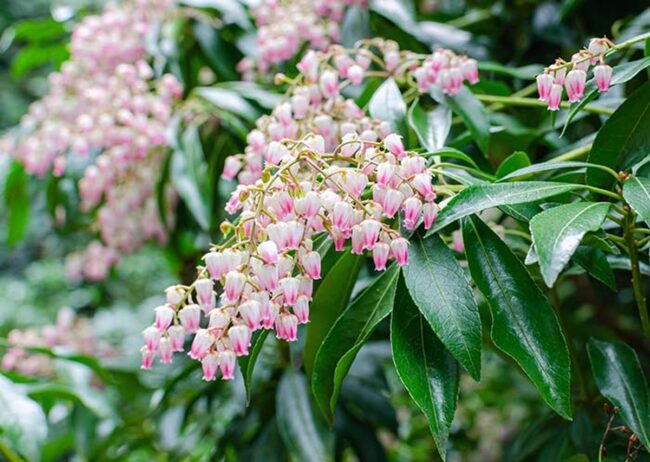
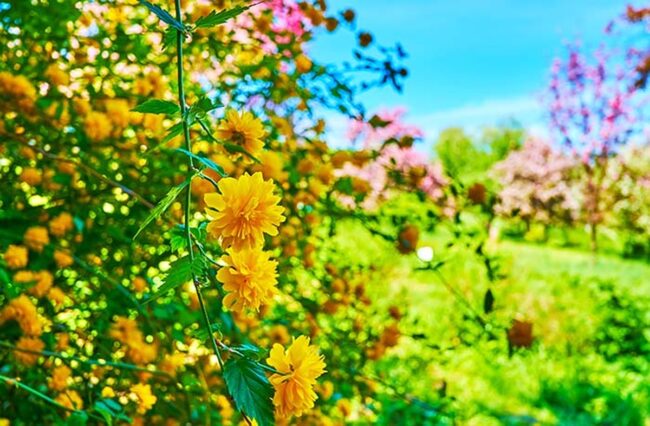
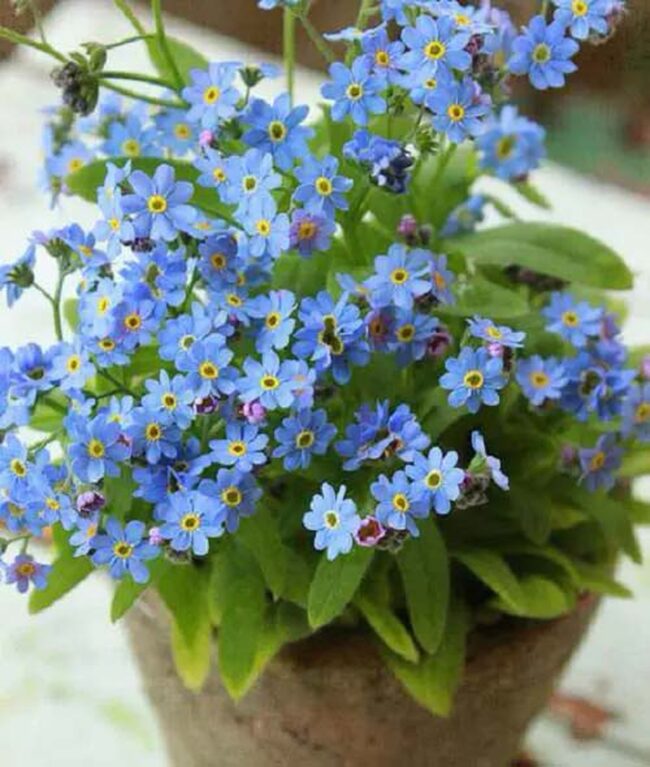
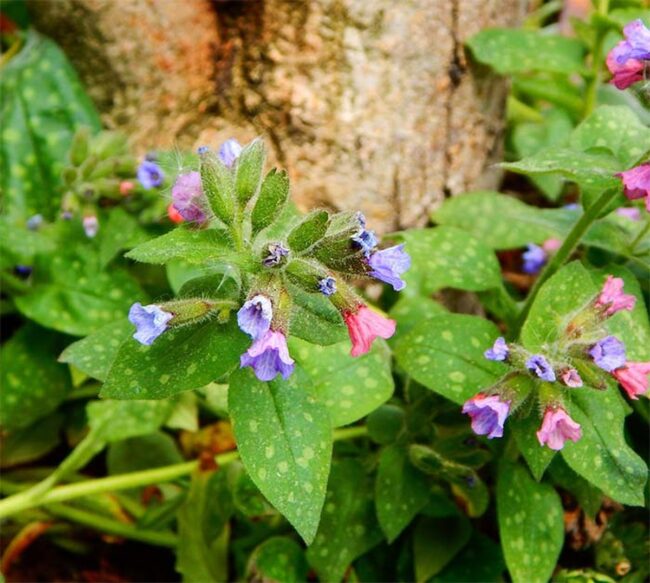
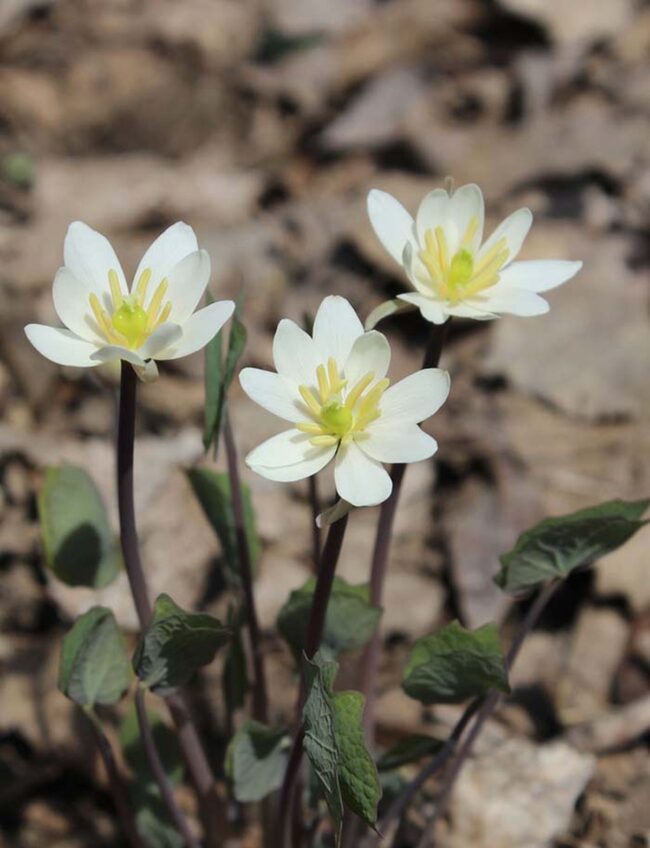
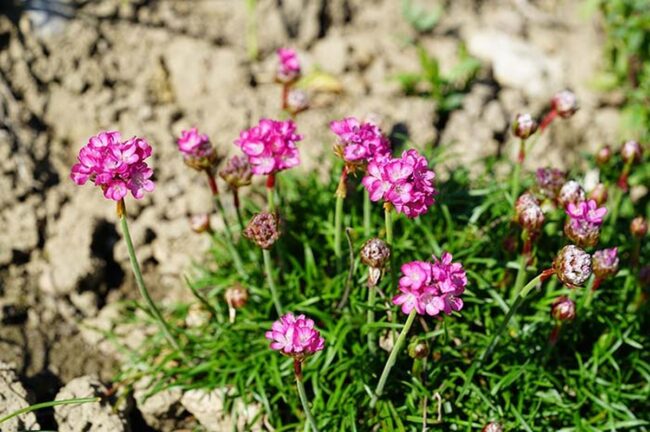
Liam Patel
Senior Editor & DIY Craftsman
Expertise
DIY home decor, interior design, budget-friendly styling, sustainable upcycling, creative crafting, editorial writing
Education
Pratt Institute, Brooklyn, NY
Liam Patel is the Senior Editor at Archeworks.org, where he shares creative DIY and home decor ideas. With a degree in Interior Design and years of experience in home styling, Liam focuses on easy, budget-friendly projects that make spaces personal and beautiful.
Liam’s tutorials, styling tips, and affordable solutions help readers design homes they love. He believes decorating is about self-expression and encourages everyone to embrace the joy of creating.